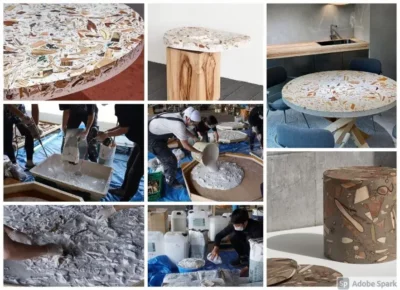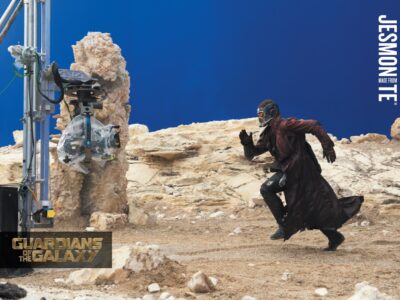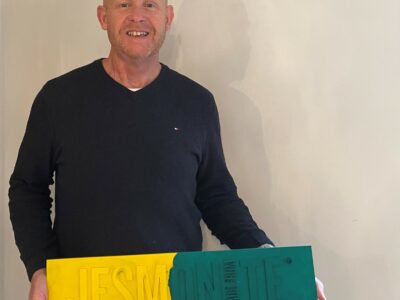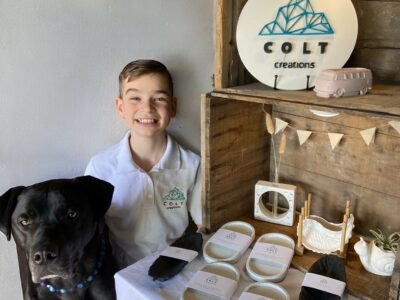Screws, wood, leaves, scrap irons and even fungi. Not the items we are used to seeing mixed in with Jesmonite. But one Japanese product designer has really caught our eyes with his amazing Jesmonite creations.
Yuma Kano has been breaking boundaries and is making never-before-seen furniture for every setting. Believed to be the first of its kind, Yuma has used wood in AC100 as terrazzo chips. And not just wood, various forest elements like branches, leaves, barks, nuts and even fungi all mixed into the Jesmonite base. Yuma has created these for the Ministry of Forestry in Japan as part of his Forest Bank project.
“I like to experiment with the product and see what I can mix in with it,” he said.
“I went to the forest and had visual inspiration to create furniture using elements of the forest itself.
“I also used the leftovers of the materials used on the building itself to make the furniture, chippings from the ceiling and timbers.
“They really liked it and the tables are now part of a meeting room.
“The interesting thing with Jesmonite is you can mix up so many materials and there are so many possibilities.
“You can make high quality furniture with it, and I have so much more to explore.”
Yuma has also made a tabletop with screws mixed into the Jesmonite base for a company which produces screws. These creative and interesting projects are not only sustainable but have beautiful finishes which the clients have all been very pleased with. Having had his studio for 10 years now, Yuma first came across Jesmonite in 2019 when looking for a material that would give a marble effect. He was working on interior products as part of an architecture project. His experience and expertise have led him to use all sorts of materials, resins, and acrylics too, in his career – each fitting the project he is working on.
“Epoxy resins are hard to control the quality of it is easy to get bubbles and the colours can change,” he said.
“But that is not the case with Jesmonite. A big advantage is that it is quite fast to cure and there is no shrinking when it does so.
“I also don’t have to buy it from a specialist, it is an easily available material right here in Japan.
“It is still resin, but it is quite different from other ones.”
Yuma will continue to use the best material for each project in his future work – but thinks Jesmonite will be a big part of it. He is excited to try out other materials to mix in with Jesmonite and will publish his work on social media. We will certainly be keeping up to date with his creations! To find out more about Yuma Kano visit the website or follow him on Instagram.








